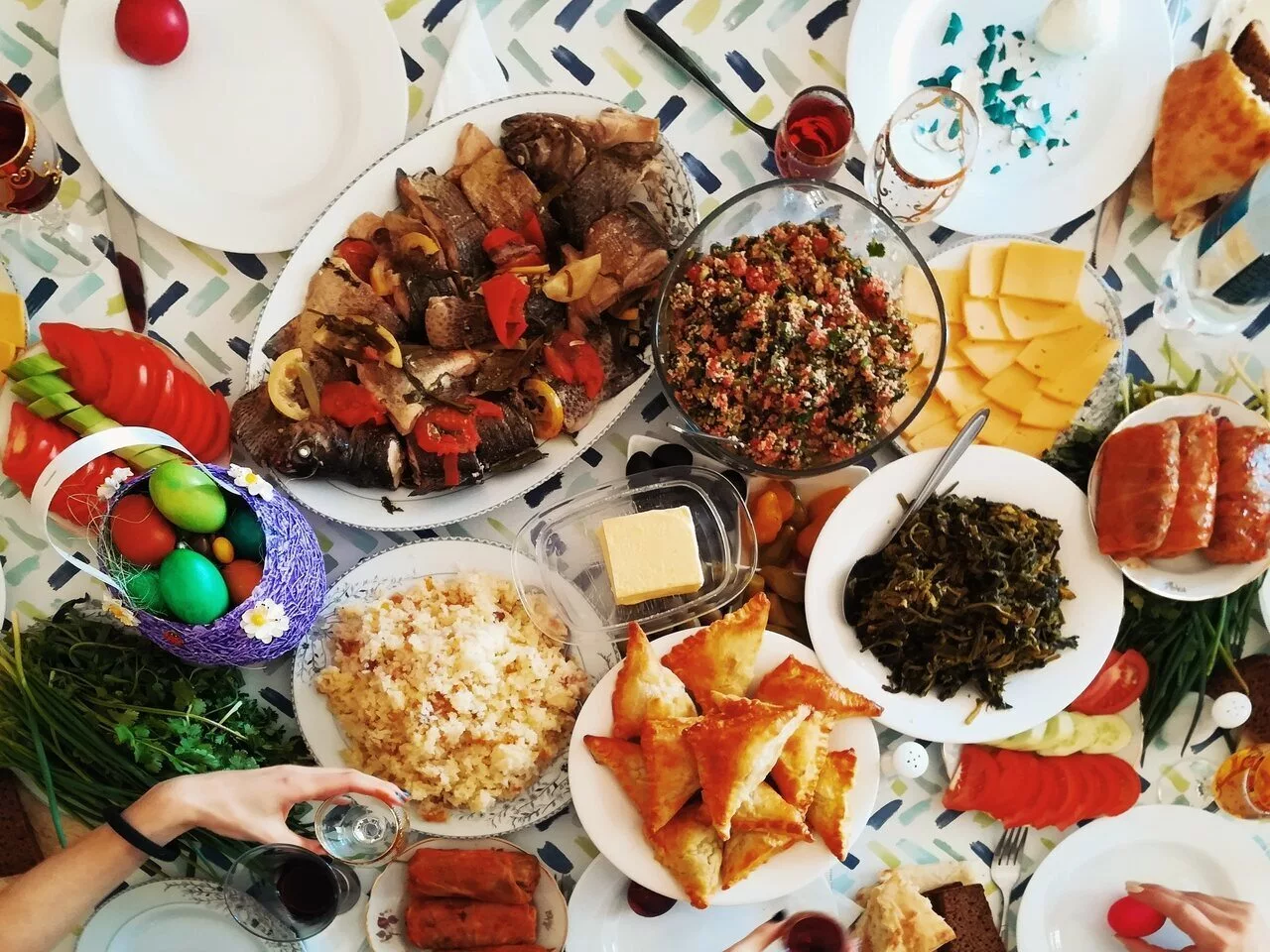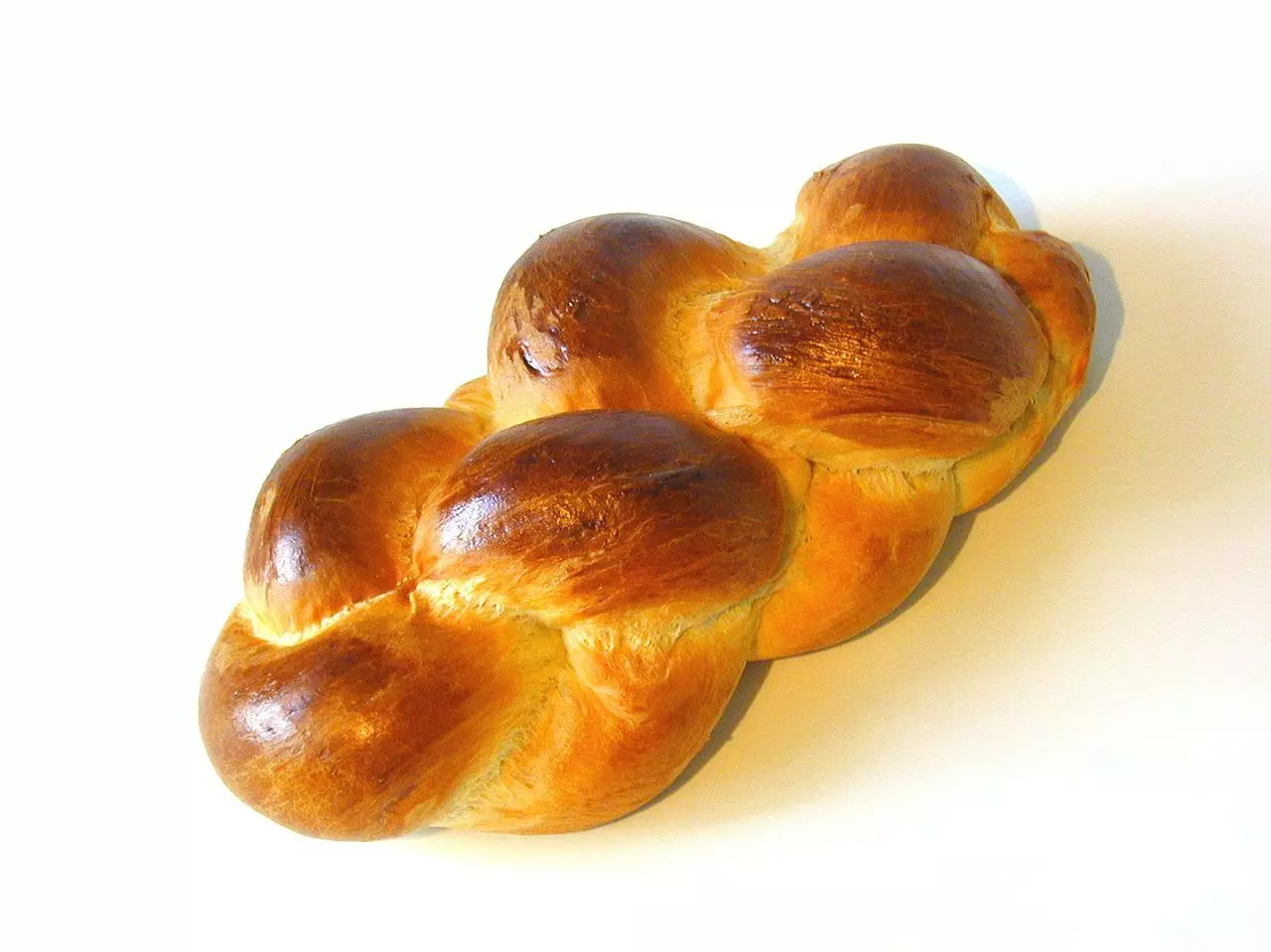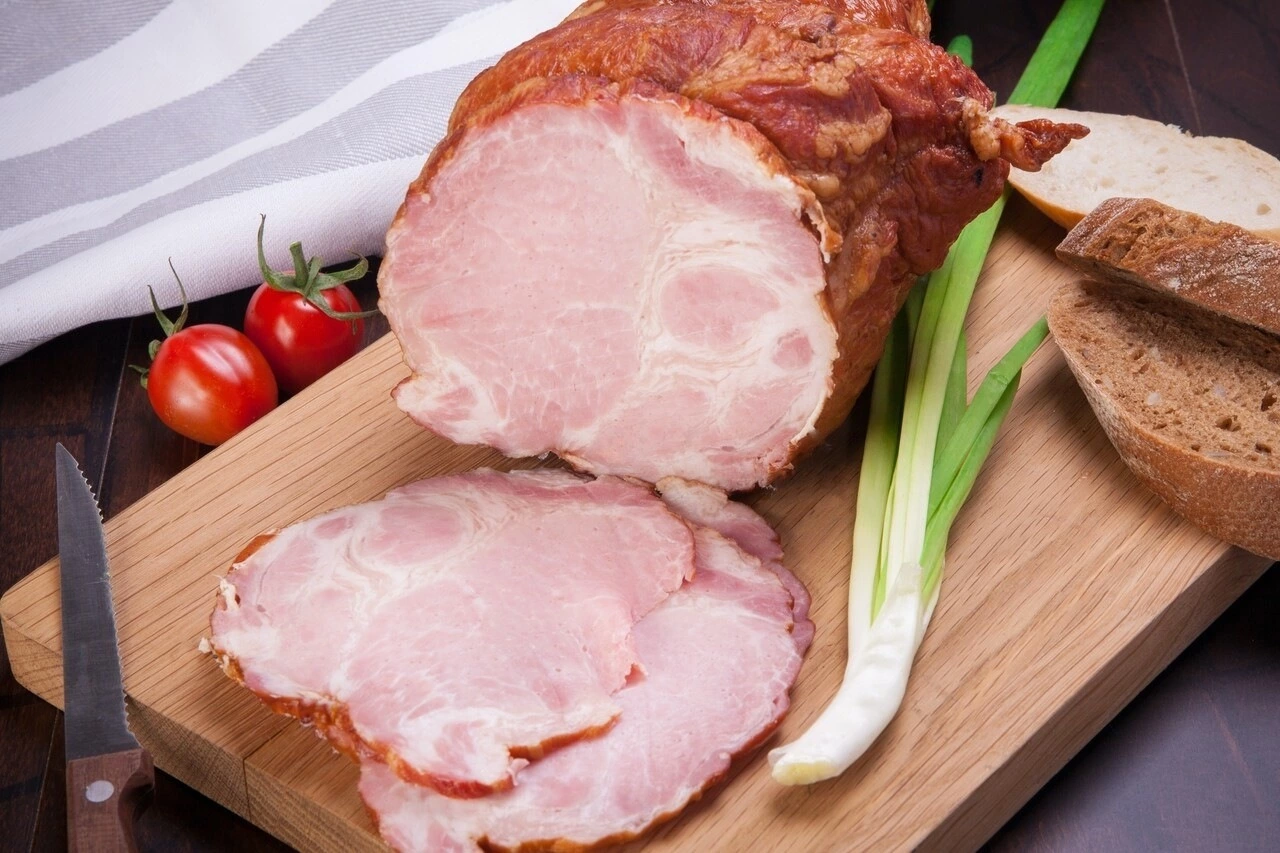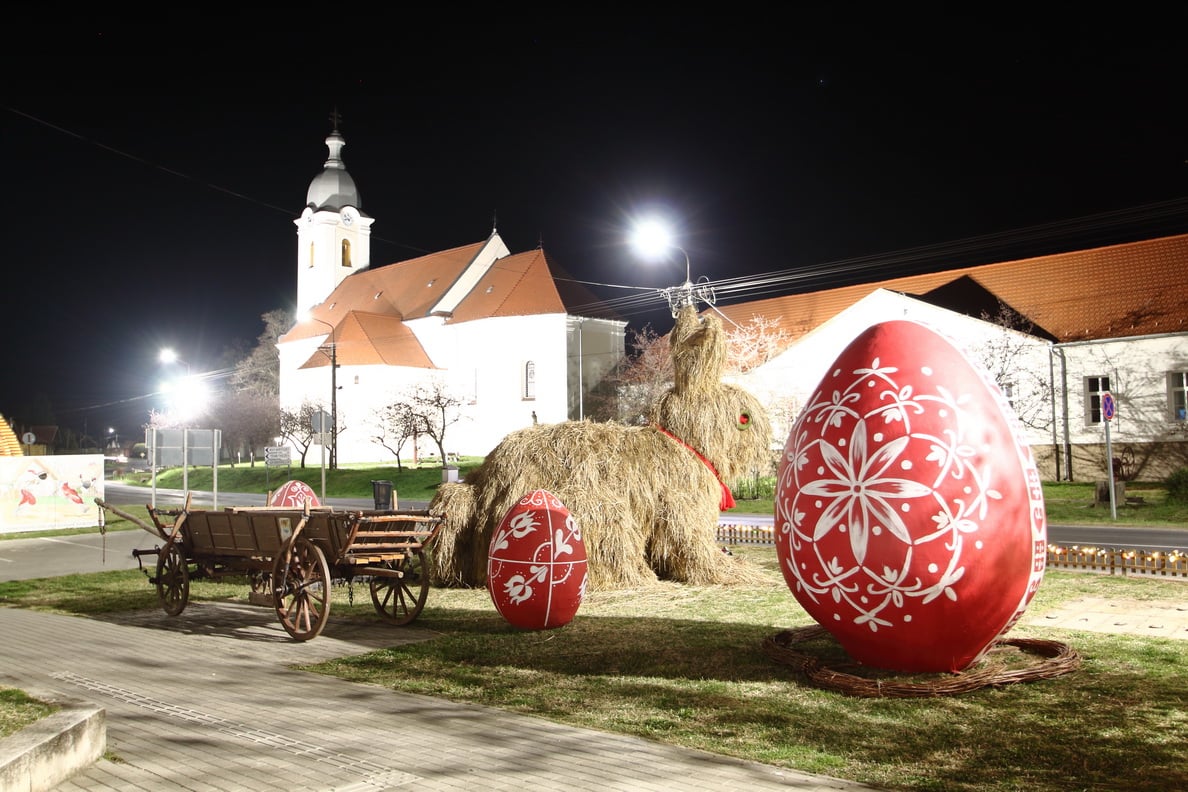3 hearty and delicious recipes you need to try this Easter – PHOTOS

Have you ever wanted to celebrate Easter like a Hungarian? Just like many other holidays, almost every family has their own unique ways of how they celebrate said festive day. Besides the famous Easter sprinkling of the ladies, many people can agree that food is essential.
With the help of Mindmegette and Sokszínűvidék, in this article, we found three of the most interesting and hearty holiday meals for Easter in Hungary. You should definitely give these a go.
Kalács (braided yeast bread)
Kalács is one of the main protagonists of Easter in Hungary. In some bakeries, you have to sign up to a list in advance to make sure that you will have some of this special bread on your table during Easter, while in many other places, it is often limited how many you can buy so that more people could enjoy this iconic Easter food.

You can find the original recipe HERE.
Ingredients:
- 30 grams yeast
- 450 grams flour
- 250 grams milk
- 1 teaspoon milk powder
- 1 teaspoon honey
- 100 grams sugar
- 6 grams salt
- 60 grams butter or coconut oil
- 1 packet of vanilla sugar
For the dark-brown dough:
- 20 grams cocoa
- 1 teaspoon honey
- some milk
For the light-brown dough:
- 2-3 teaspoons of coffee substitute (Caro)
- 1 teaspoon honey
- some milk
Instructions:
Work in the yeast with the milk and add in both the regular and the vanilla sugar, the milk powder, the honey, and then the flour. Towards the end of kneading this mixture, add the softened butter in small quantities, along with a little salt. Knead the dough well and divide it into three parts.
Now make the dark- and light-brown dough by working the ingredients into one of the three equal parts of the dough for each colour. In the end, you will end up with three different shades of dough.
Cover the dough and let it rise at room temperature until it has doubled (it takes approximately 4 hours) while folding each of them three times.
Roll each dough until they are 0.5 centimetres thick. Wet your hands slightly and place the different coloured dough on one another, then roll them just so that each layer sticks to the other.
Cut the dough into six 4-centimetre wide pieces and roll them into rods, after which you will need to braid the strands. You can also do triple or quadruple braids instead of six.
Let the braided dough sit and rise two to threefold. Since it is slow to rise, it is best if you prepare it the night before. Before baking, brush the top with some egg or milk and bake it at 170 °C for 30-35 minutes.
Enjoy!
Cipóban sült húsvéti csülök (pork knuckle baked in bread)
Think of it like a Wellington if the cook was a Hungarian shepherd. The recipe makes ten servings.
You can find the original Hungarian recipe HERE.

Ingredients:
- 1.5 kilograms of smoked pork knuckles
- 3 cloves of garlic
- 1 medium onion
- 2 pieces of bay leaves
- 5 pieces of whole pepper (the spice)
- 3 hard-boiled eggs
For the bread:
- 500 grams flour
- 0.5 teaspoon sugar
- 50 grams yeast
- 1 tablespoon salt
- 2 eggs
- 100 grams of butter
- 1 egg yolk for coating
Instructions:
Let the pork knuckles soak for a day beforehand, then, together with the spices and plenty of water, boil until the meat is soft like butter. (The cook suggests saving some of the water for later as it is a perfect base for bean soup.)
Sift the flour over a flat surface and pile it up; make a hole in the middle. Meanwhile, prepare the yeast: in about 100 millilitres of lukewarm water, mix the sugar and the yeast. Then, pour it into the middle of the hole in the flour; mix in as much flour so that it thickens. Cover it with a kitchen cloth and let it rise double in size, which takes about 15 minutes.
In another 100 millilitres of lukewarm water, mix together the salt and eggs and add this mixture and the melted butter to the flour. Work it into a dough and cover it with a kitchen cloth, then put it into a warm place and let it rise for an hour.
Take the pork knuckle out of the pot, carefully remove the bone, and then dry the excess water off. Put the hard-boiled eggs into the place of the bone and reshape the knuckle. Meanwhile, line a large pan with baking paper.
Once the dough has risen, roll it to the size of your pan. Place the knuckle into the middle of the dough and carefully cover it with the dough. Shape it like a loaf of bread, then cover it again with a kitchen cloth and let it sit for 30 minutes.
Preheat the oven to 200 °C and place approximately 500 millilitres of hot water in an oven-proof container. This will provide steam for the dough while baking, making it soft.
Make an egg wash from the egg yolk and milk and coat the loaf with it. Place the meaty bread into the oven and bake for about 40-45 minutes until golden brown.
After taking it out of the oven, spread some water on top to make it shiny. Let it cool, and it is ready to be sliced.
Enjoy!
Húsvéti bableves gazdagon (rich Easter bean soup)
A really good thick soup is an essential part of many Hungarian holidays, and the addition of ham makes it a good Easter Sunday candidate for a hearty meal.
HERE you can find the original recipe in Hungarian.

Ingredients:
- 200 grams of haricot bean (left to soak the night before)
- 1.5 litres of ham water (or use the pork knuckle water from the previous recipe)
- 0.5 litres of water
- 2 bay leaves
- 2 tablespoons of olive oil
- 1 onion
- 2 cloves of garlic
- 1 tablespoon of smoked paprika
- 2 carrots
- 2 turnips
- half of a kohlrabi
- a bit of celeriac
- 200 grams of ham
- 50 grams of tarhonya (or other small egg-based noodles are also fine)
Instructions:
Save the water in which the ham was cooked (or use the pork knuckle broth of the previous recipe) and, if needed, add some water. Put in the bay leaves and add the soaked beans. Cook it until half-soft with the lid on; it may take 1-2 hours.
Meanwhile, clean and cut the vegetables to the size you prefer. Heat some oil in another small pan and sauté the garlic and onions until the latter turns translucent.
Add in the smoked paprika and mix it well. If needed, add some water to avoid burning it. Finally, add the vegetables, mix them well, and steam them for a few seconds, then put them away.
When the beans are half-soft, add in the previously prepared vegetables and cook the whole thing until they turn soft.
Serve it with sour cream on the plate or on the side and we recommend a little braided bread with it.
Enjoy!
Apart from these more complex dishes, other common foods during Eastern include pancakes for people with a sweet tooth, bundáskenyér (savoury French toast), ham and other easily sliceable meat in every quantity, eggs in almost every shape and form imaginable, and do not forget the paprika peppers and torma (horseradish) from the menu.
The team of Daily News Hungary wishes you all a happy Easter!
Source: Mindmegette.hu, sokszinuvidek.24.hu, nosalty.hu





Kalács has many recipes but the standard one does not use honey or vanilla sugar. It is available all year around and is not particularly Hungarian – the more well known name is the Jewish one, Challah. Next, the Pork – nothing like a Wellington which uses beef fillet, has a mushroom duxelles and is finished off by being cooked in puff pastry. The Pork is more widely known as breaded ham and is also sold in nearly every supermarket in Europe all year around, usually by the gram.